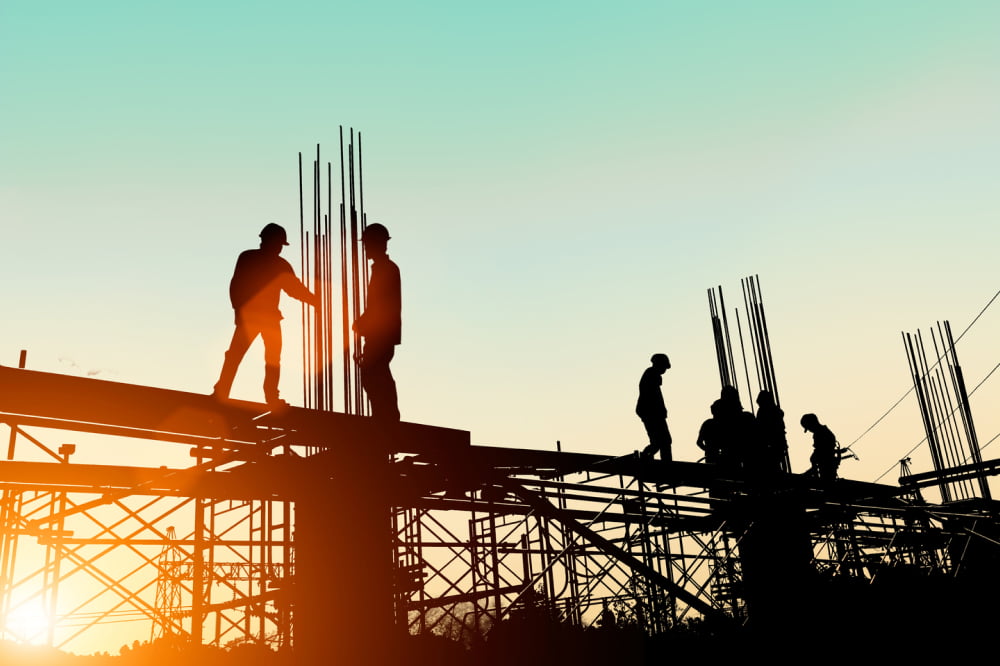
A comprehensive overview of the construction industry
The construction landscape is evolving rapidly from innovative building techniques to state-of-the-art equipment. As the construction sector shapes our environment and economy, ensuring the well-being of workers and embracing sustainable practices becomes increasingly important. This article explores different types of constructions and emphasizes the paramount concern for their safety. We will also delve into the dynamic nature of construction, its impact on society, and the pursuit of safer, more sustainable practices.
Types of constructions
Residential construction
This involves building homes, apartments, and condominiums. Residential construction companies cater to individuals and families, creating living spaces that meet their needs and preferences.
Commercial construction
The different types of commercial projects encompass various non-residential structures. It includes office buildings, retail spaces, hotels, and more. Construction companies in this sector focus on creating functional and aesthetically appealing spaces for businesses and organizations.
Infrastructure construction
Infrastructure projects encompass the development of essential public amenities. These include roadways, bridges, railways, airports, and utilities. These large-scale projects play a vital role in spurring a country’s economic growth and fostering social development.
Essential construction services
By engaging professional construction services, clients can benefit from expertise, cost-effectiveness, and timely project completion. Companies offer the following construction services:
Architectural design
It involves transforming concepts into precise blueprints that guide the construction process.
Project management
In this process, efficient coordination of resources, timelines, and stakeholders is conducted to ensure successful project execution.
Engineering
Companies apply scientific principles to design safe and innovative construction solutions.
Procurement
After engineering, a company begins to source materials and services at optimal costs to maintain budget constraints.
Construction
Finally, efforts are directed at turning plans into reality, skillfully constructing buildings and infrastructure.
What is a construction company?
A construction company serves as the vital pillar of the industry, ensuring the seamless execution of diverse projects. Construction companies coordinate with architects, engineers, subcontractors, suppliers, and clients to achieve successful outcomes. Within the construction sector, there are different types of such companies. They include:
- Real estate developers
- General contractors
- Specialty contractors
- Architecture/Interior design firms
- Engineering firms
- Renovation companies
- Construction management firms
- Companies offering demolition services
- Equipment lessors
The significance of construction equipment
In modern construction, advanced equipment is vital to meet project demands and timelines. Construction equipment encompasses a diverse selection of machinery, including:
Excavators
Excavators are used to conduct tasks pertaining to heavy lifting and can also be used to cut and uproot trees.
Bulldozers
The metal plate of a bulldozer is used to remove the top layer of the soil. The amount of soil to be removed is calculated beforehand.
Cranes
Cranes help in the construction of tall structures like skyscrapers. They help to lift heavy materials like concrete blocks to greater heights.
Loaders
Loaders are similar to excavators. They help to load materials like soil and demolition waste onto dump trucks.
Concrete mixers
Concrete mixers ensure that the ingredients used for making concrete are mixed in a smooth paste.
Besides this equipment, dumpers, pavers, pile drivers, and other similar equipment are used for construction.
Construction safety: a paramount concern
A safe workplace protects workers from accidents and injuries, boosts productivity, and fosters a positive work culture. Companies must prioritize the implementation of comprehensive construction safety protocols and guidelines to protect their workforce. These include:
- Proper training
- Use of personal protective equipment (PPE)
- Regular safety inspections
- Adherence to safety standards




